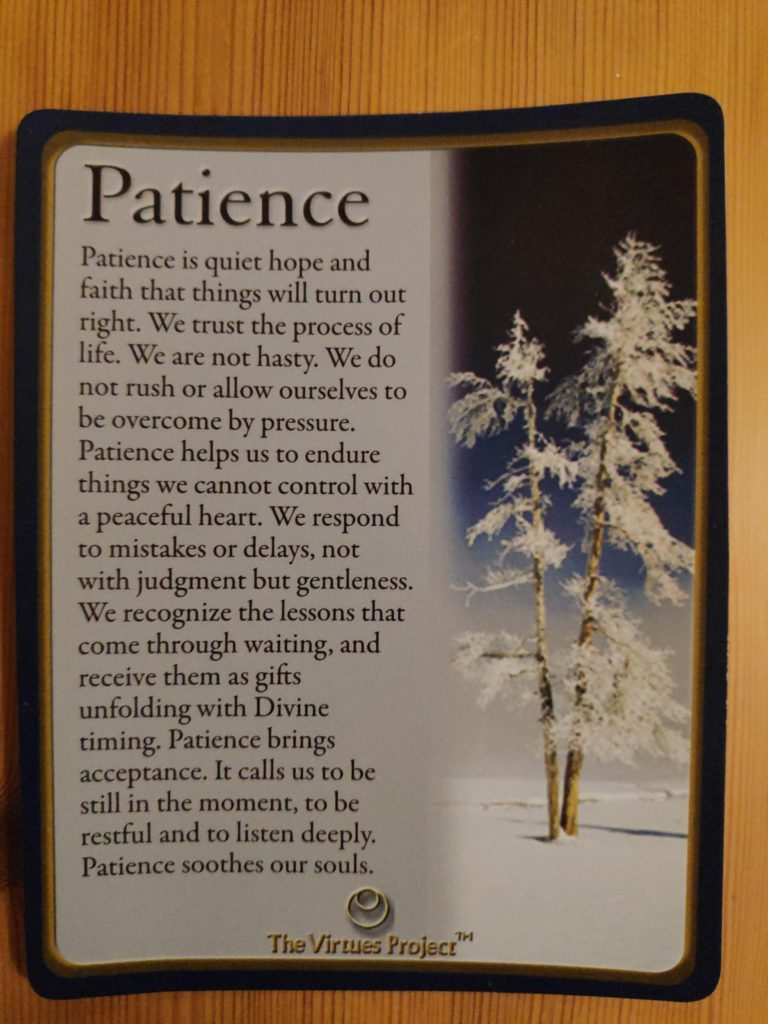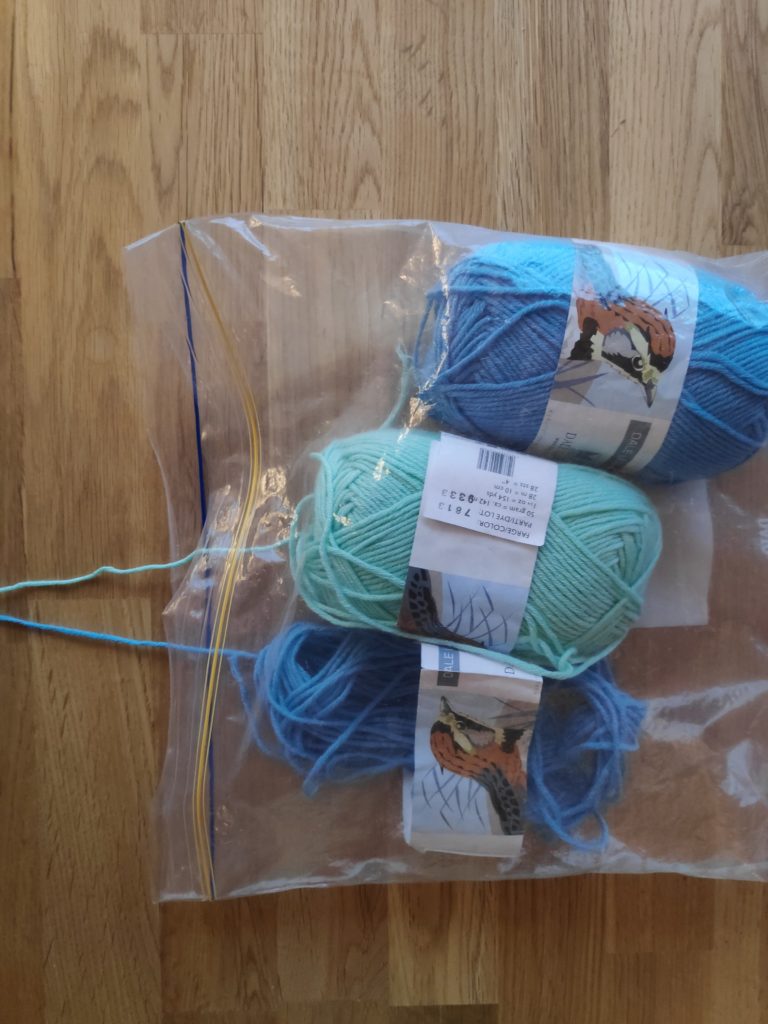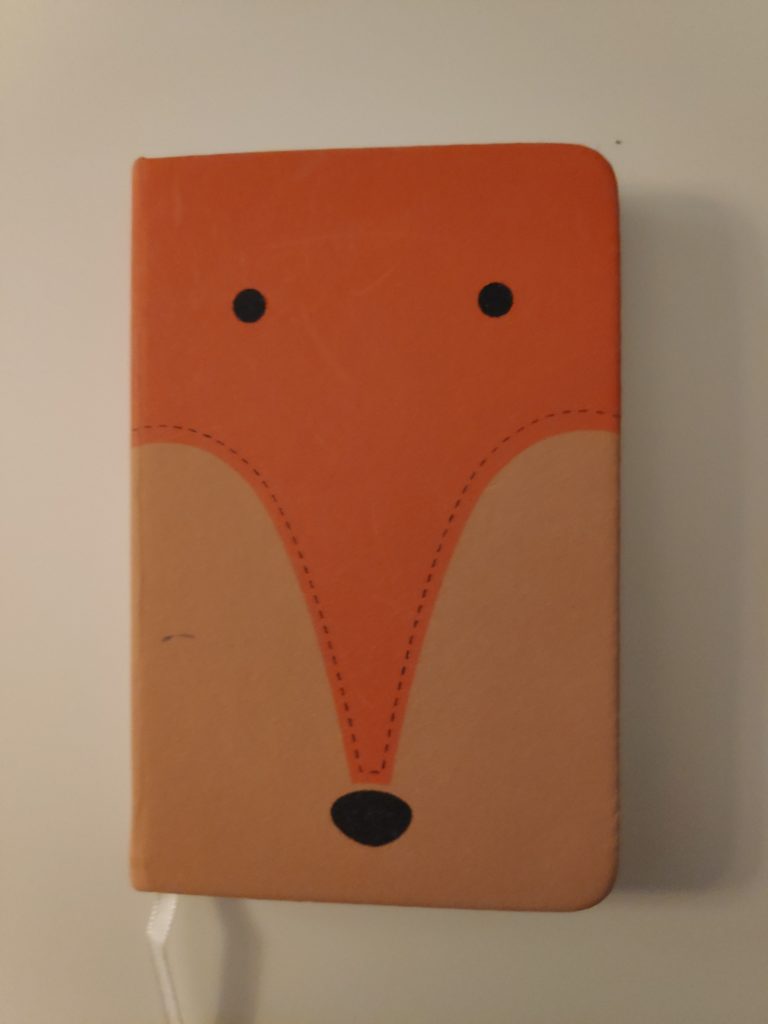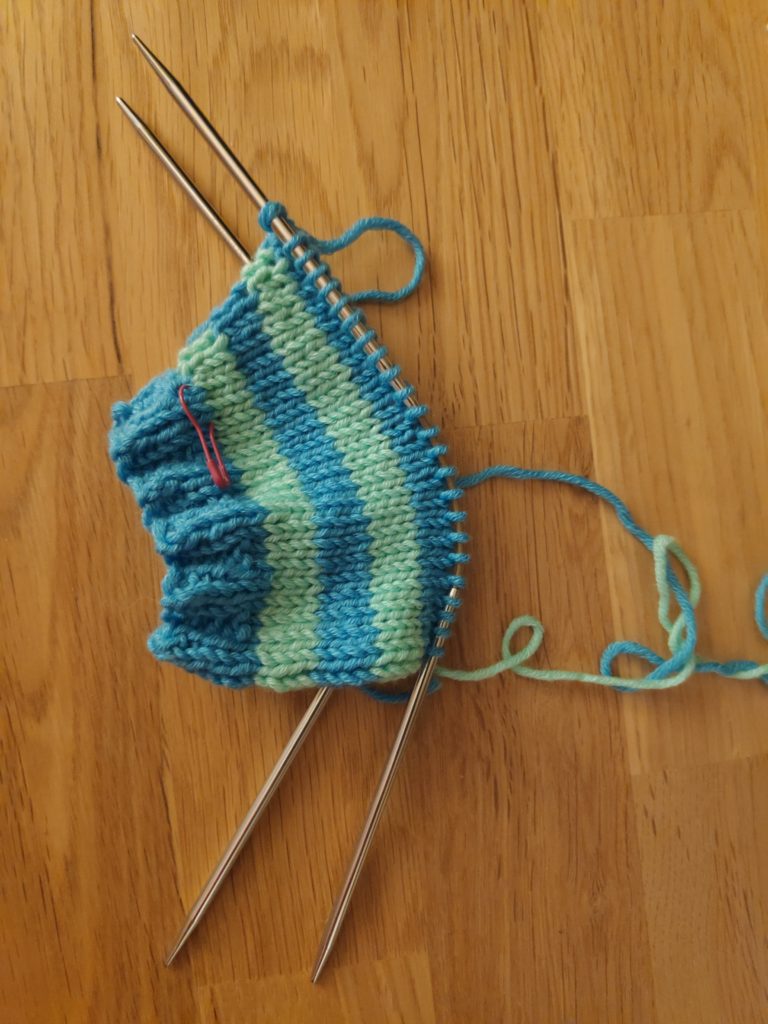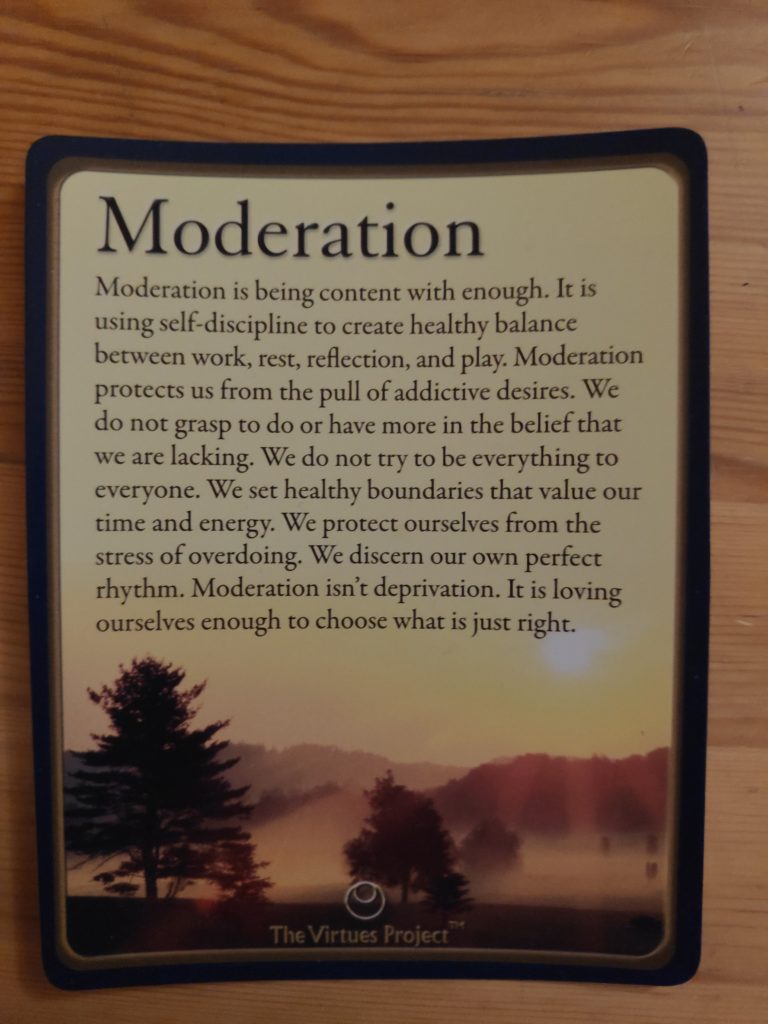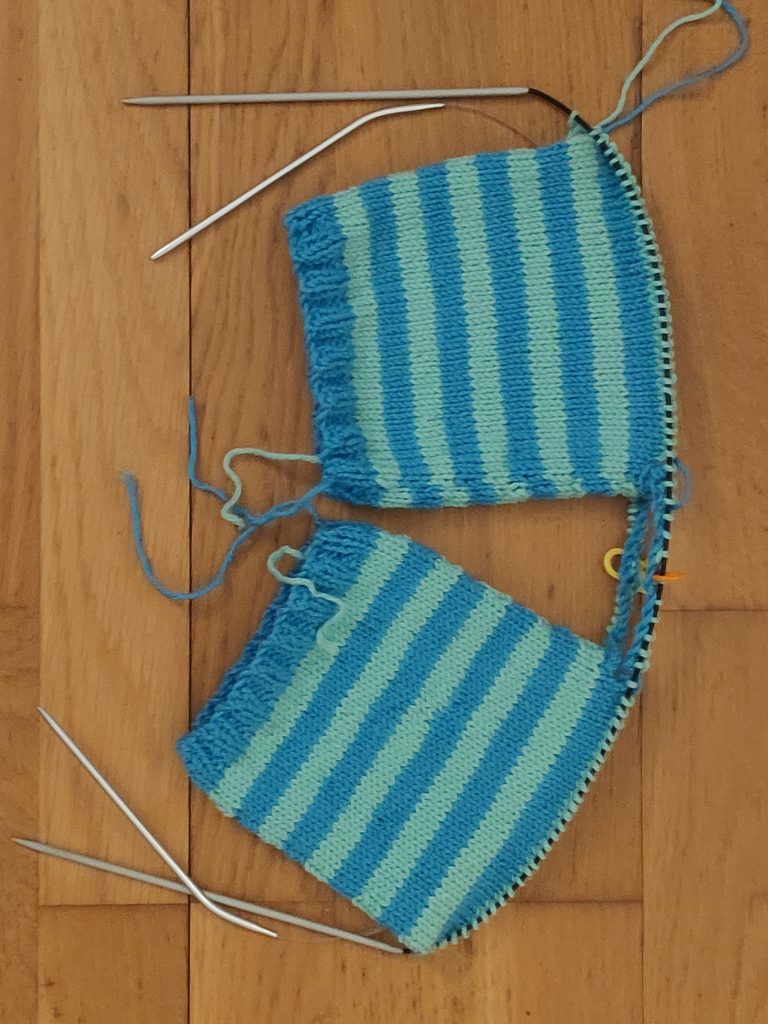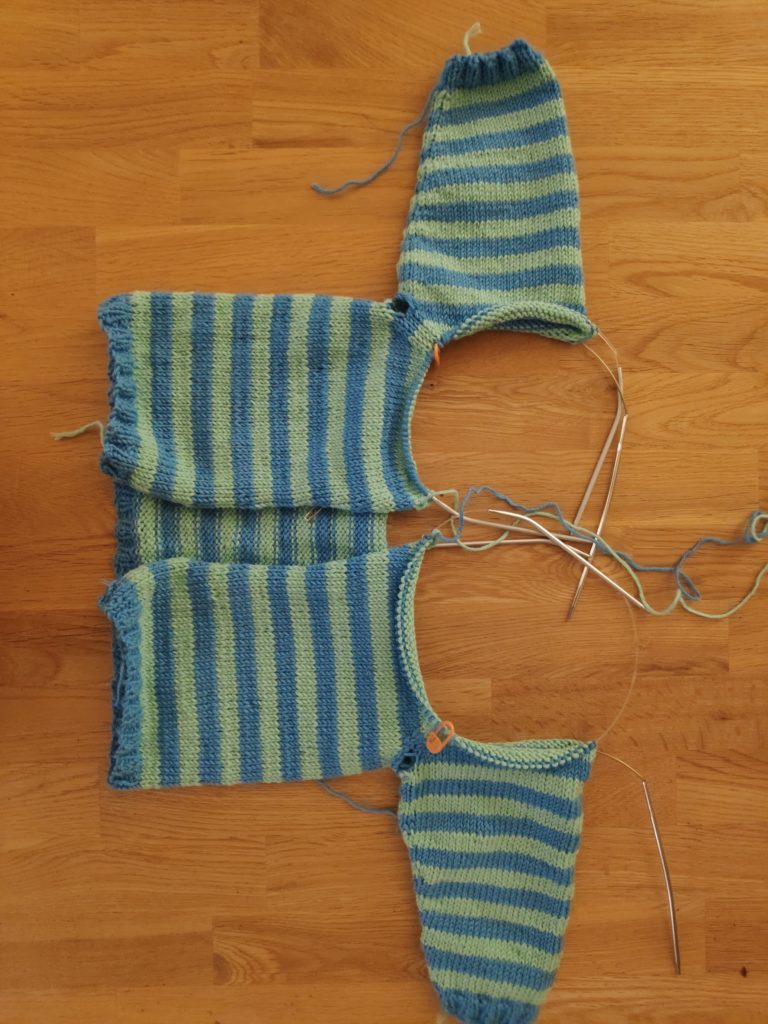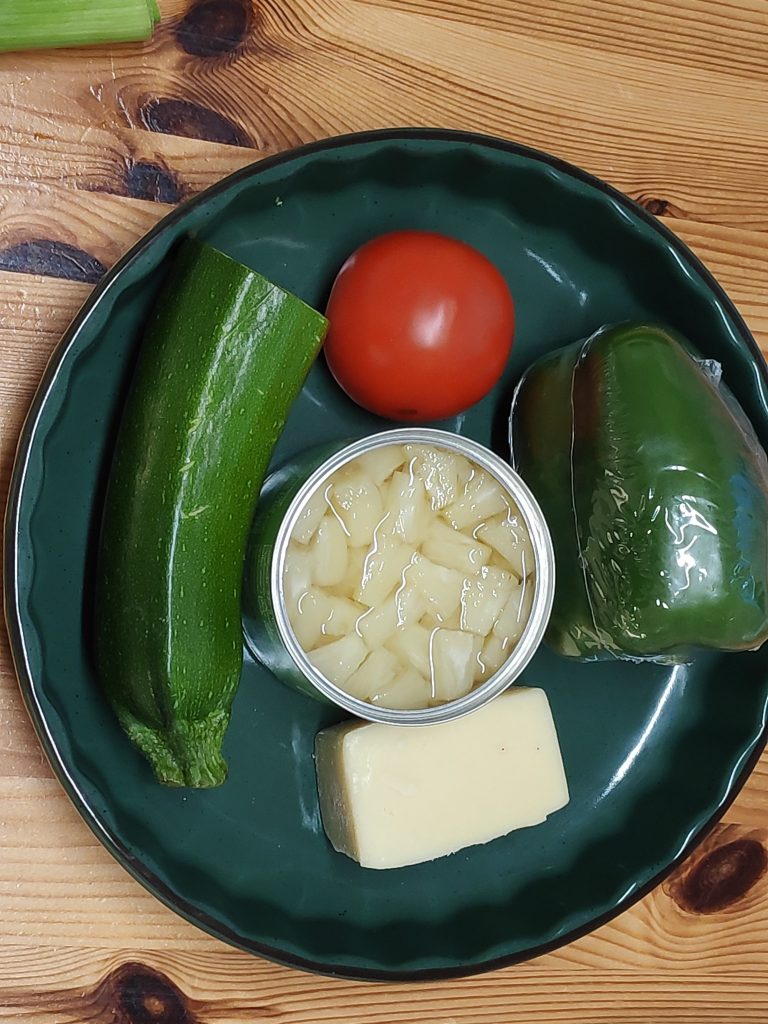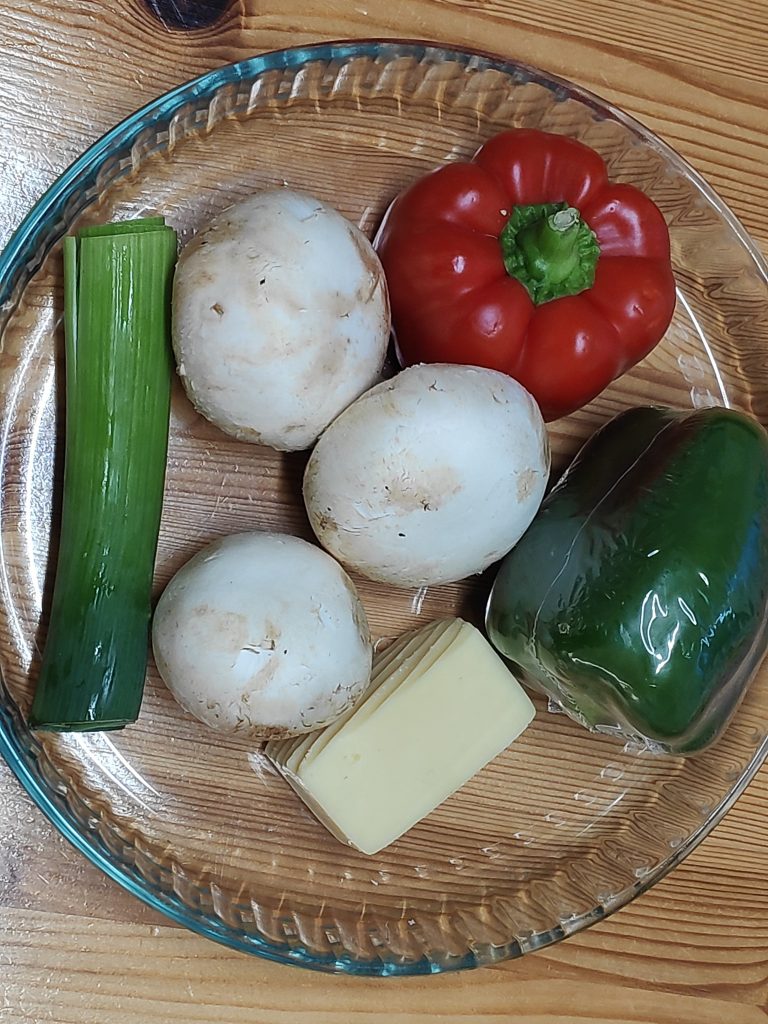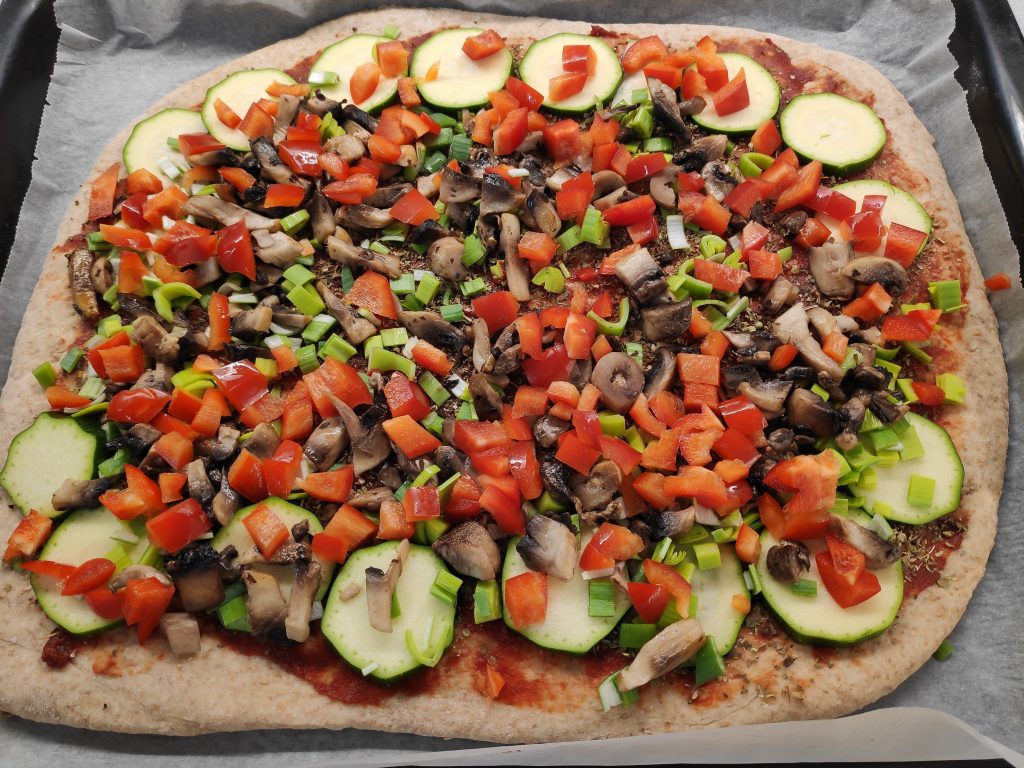We eat salad quite regularly as I am very fond of raw vegetables. The most common ingredients for my salads are lettuce, cucumber, tomatoes, red peppers and carrots. However, today I decided to put some protein in my salad. I cooked some black-eyed peas (also called cowpeas) ahead of time and added them cold to the salad.
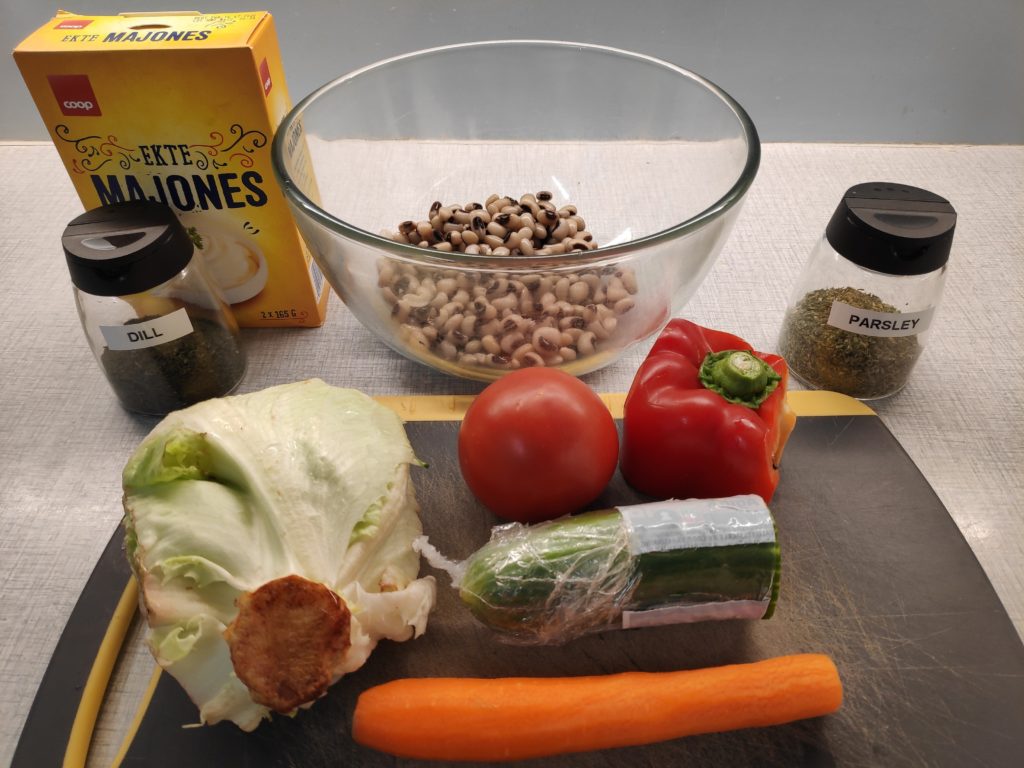
When making a salad, I usually try to have various colors in the bowl. Red is usually tomato and red pepper. Orange is grated carrot. Green is the lettuce and cucumber. In addition I decided to have cooked black-eyed peas. I put a dressing on the salad based on mayonnaise, dill and parsley. I also added paprika (the spice) though it didn’t get in the picture as it was an after-thought.
We both enjoyed the salad. The peas in the salad made it a bit crunchier. They also added protein to the salad.

